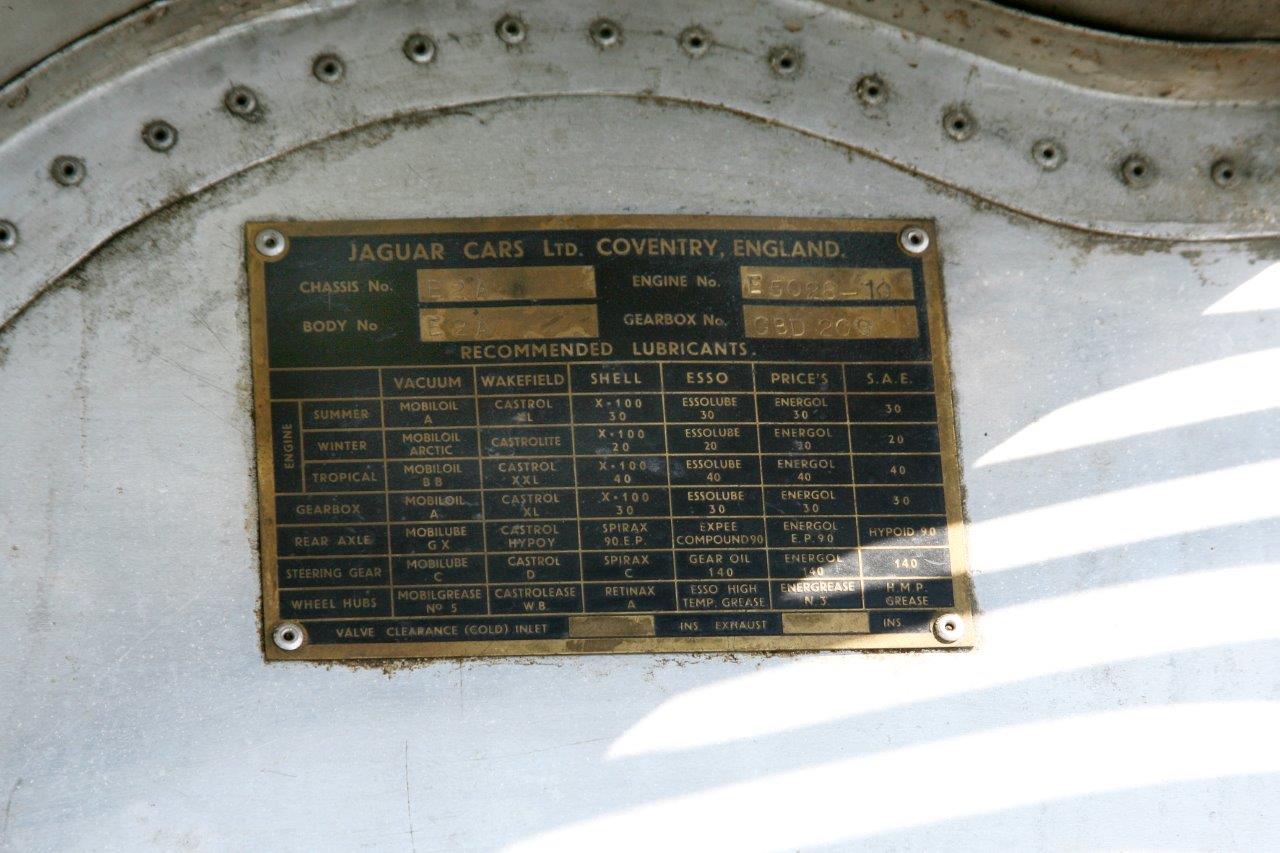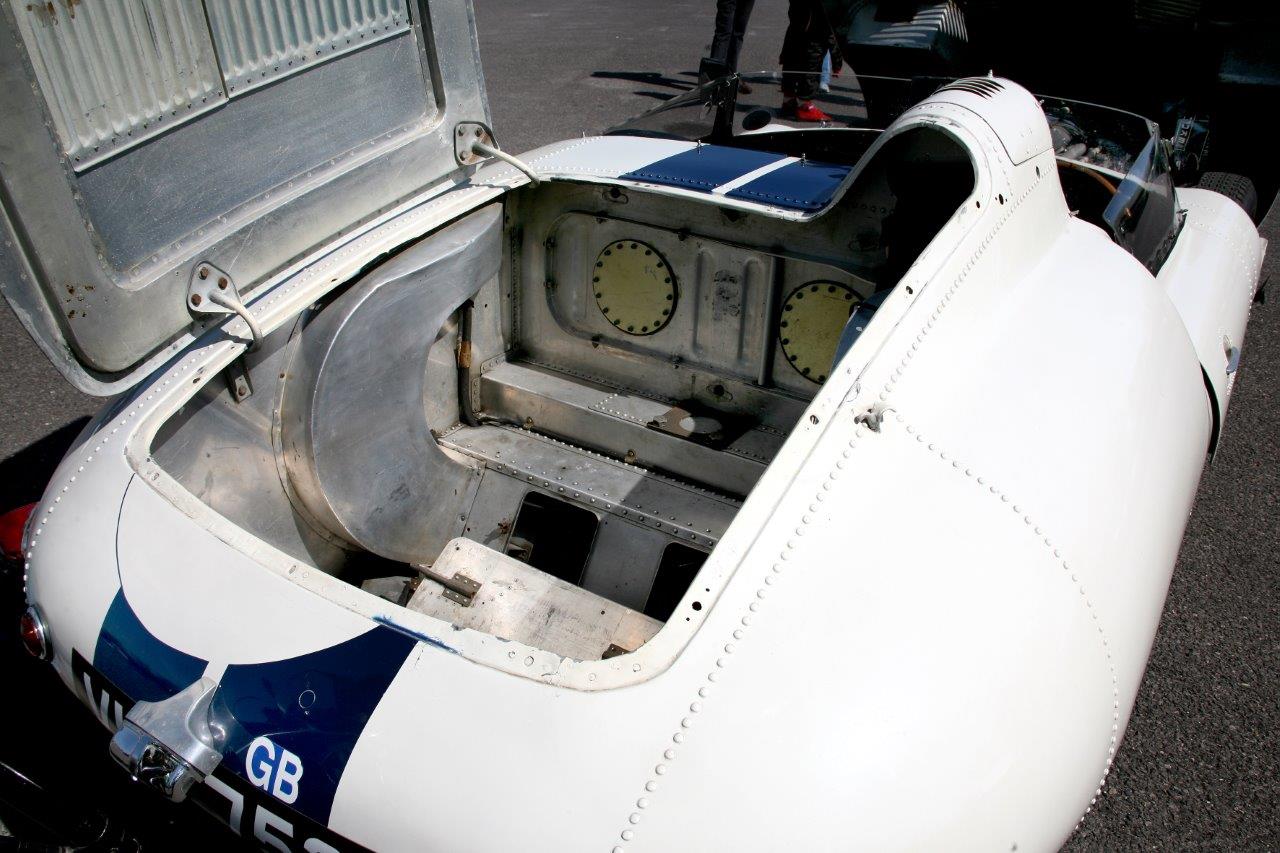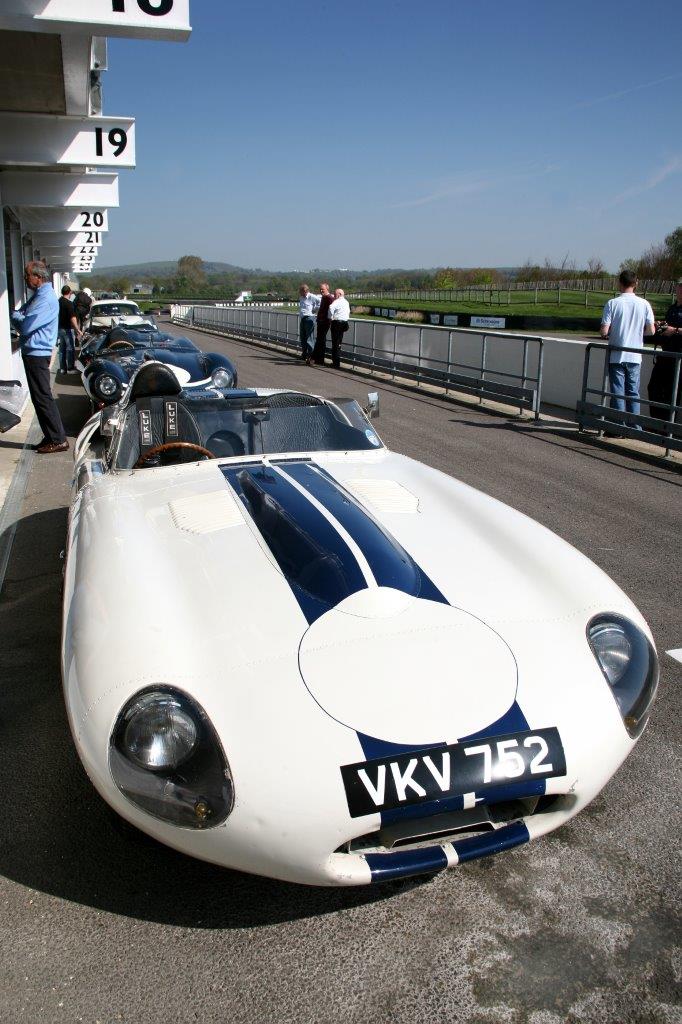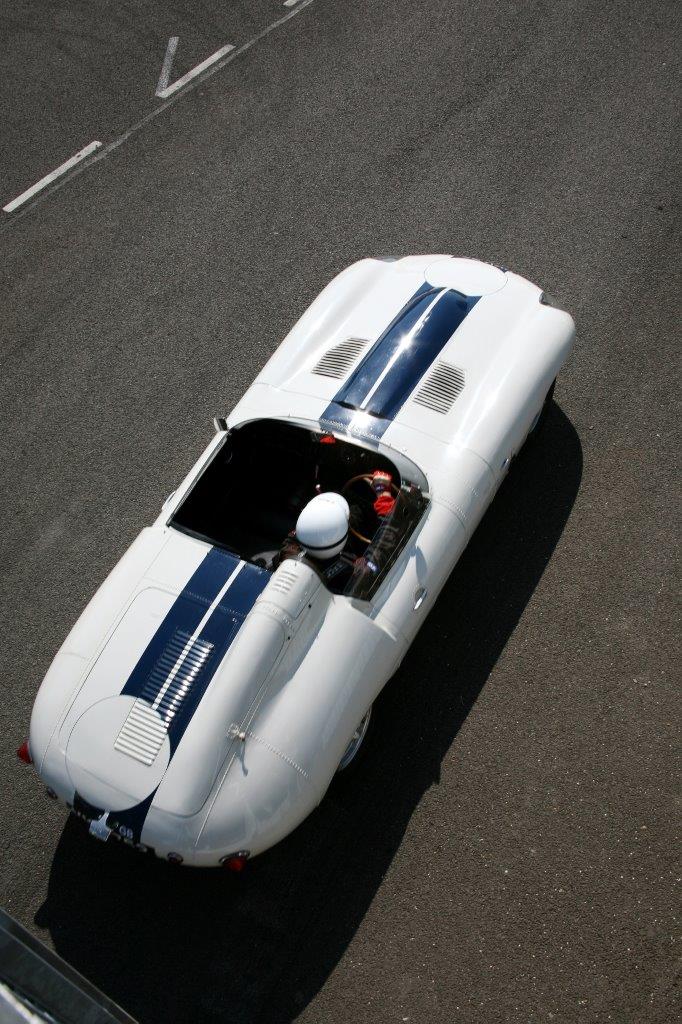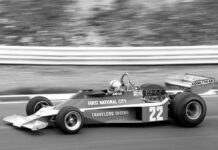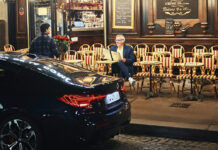In 1950 Jaguar Cars promoted its stylish new sportscar, the XK120, by competing in road rallies around Europe. Success led to the creation of the C-type that featured aerodynamic bodywork suited to circuit racing. Powered by a 3.4-litre straight-six engine the C-type won the prestigious Le Mans 24 Hour event twice before the arrival, in 1954, of the D-type that continued to gather more publicity for Jaguar prior to the company announcing its decision to end official participation in motorsport at the end of 1956.
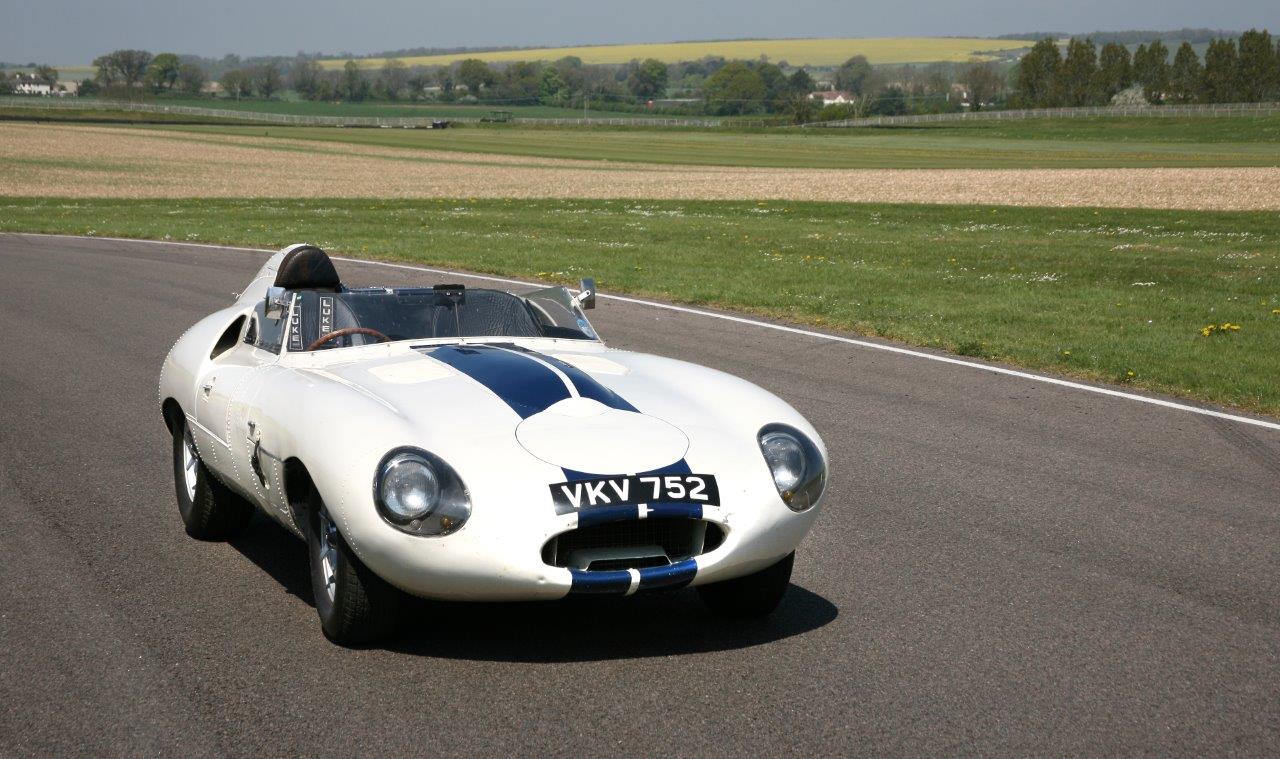
As Jaguar continued to update its XK road-going sportscars, it produced a prototype test model known as E1A. Built in 1957, it was used to develop a fully independent rear suspension system and following an intensive test programme it was scrapped in 1959. The information gathered led to another prototype, the E2A, which was created using elements of the D-type as well as design features that would later appear in a future Jaguar production sportscar, the E-type. Built during the first months of 1960, it underwent an extensive test programme prior to its planned destruction, which is the fate of almost all prototypes.
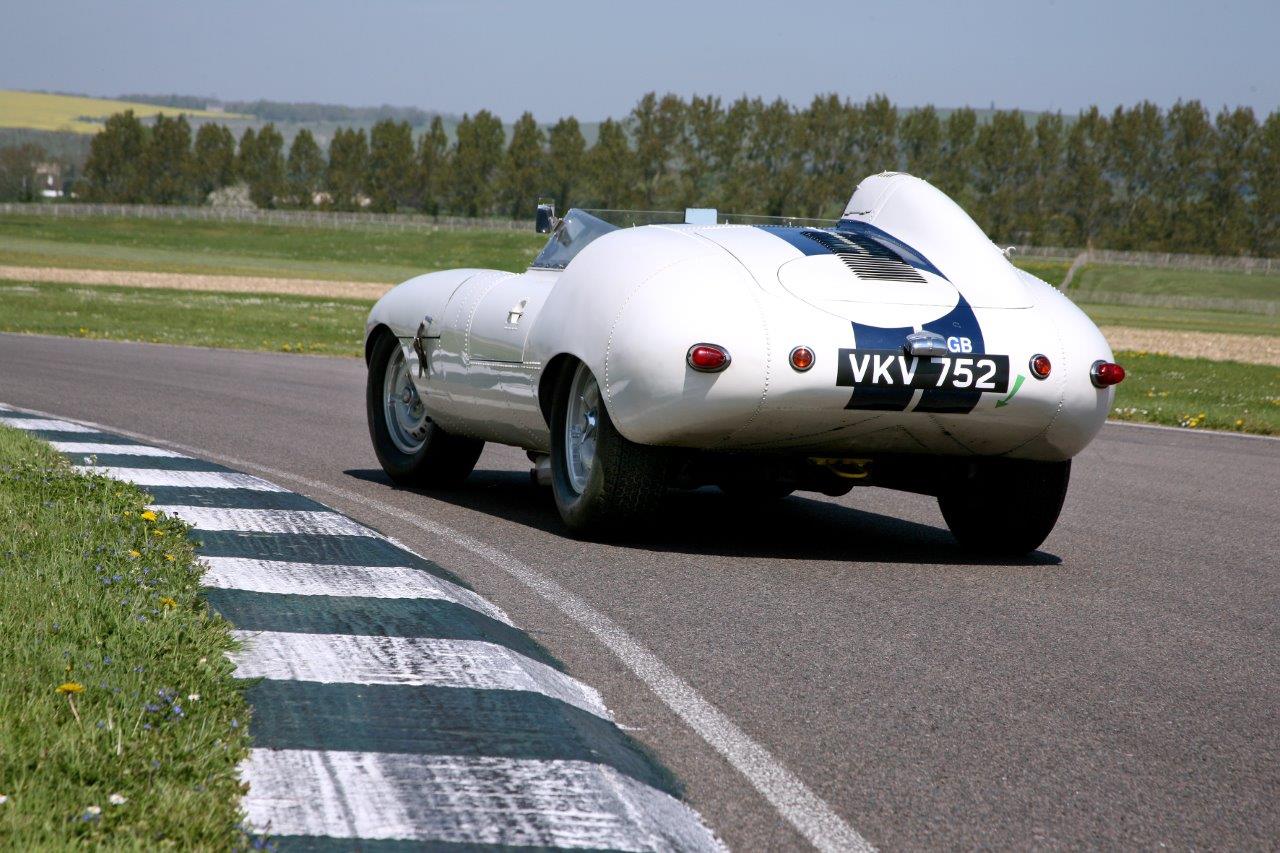
However, E2A proved an exception to the rule
Not only did it avoid being dismantled but it went on to compete in the Le Mans 24 Hours in 1960 driven by Dan Gurney and Walt Hansgen. It was thanks to a visit to the Jaguar factory by wealthy American race driver and constructor Briggs Cunningham. Throughout the 1950s he had built and raced his own cars as well as Jaguars and had entered three D-types at Le Mans in 1956. He was looking for a suitable car to race at Le Mans in 1960 and came across E2A which interested him. A deal was agreed to enter the car which not only helped Cunningham but would also provide Jaguar with an extended 24-hour test session. At the Le Mans trials in April, E2A recorded the third quickest time despite Dan Gurney’s concerns about the car’s handling. Prior to the race in June, further testing revealed issues with the alignment of the rear wheels and the subsequent modifications met with Gurney’s approval.

E2A arrived at Le Mans painted in the American race colours of white with twin blue stripes. The race ended in disappointment as, on lap three, Hansgen returned the car to the pits to have a split injector pipe replaced, but the damage to a piston was done; the car struggled on into the sixth hour before retiring with head gasket failure. Despite this, Cunningham was impressed by the Jaguar and the company allowed him to ship the car to the USA where, powered by a 3.8-litre engine, it won its first SCCA race at Bridgehampton, driven by Hansgen. It was then sent to California where Jack Brabham raced it at Riverside and Bruce McLaren took over at Laguna Seca although further victories eluded them. At the end of the season, E2A was returned to the UK.
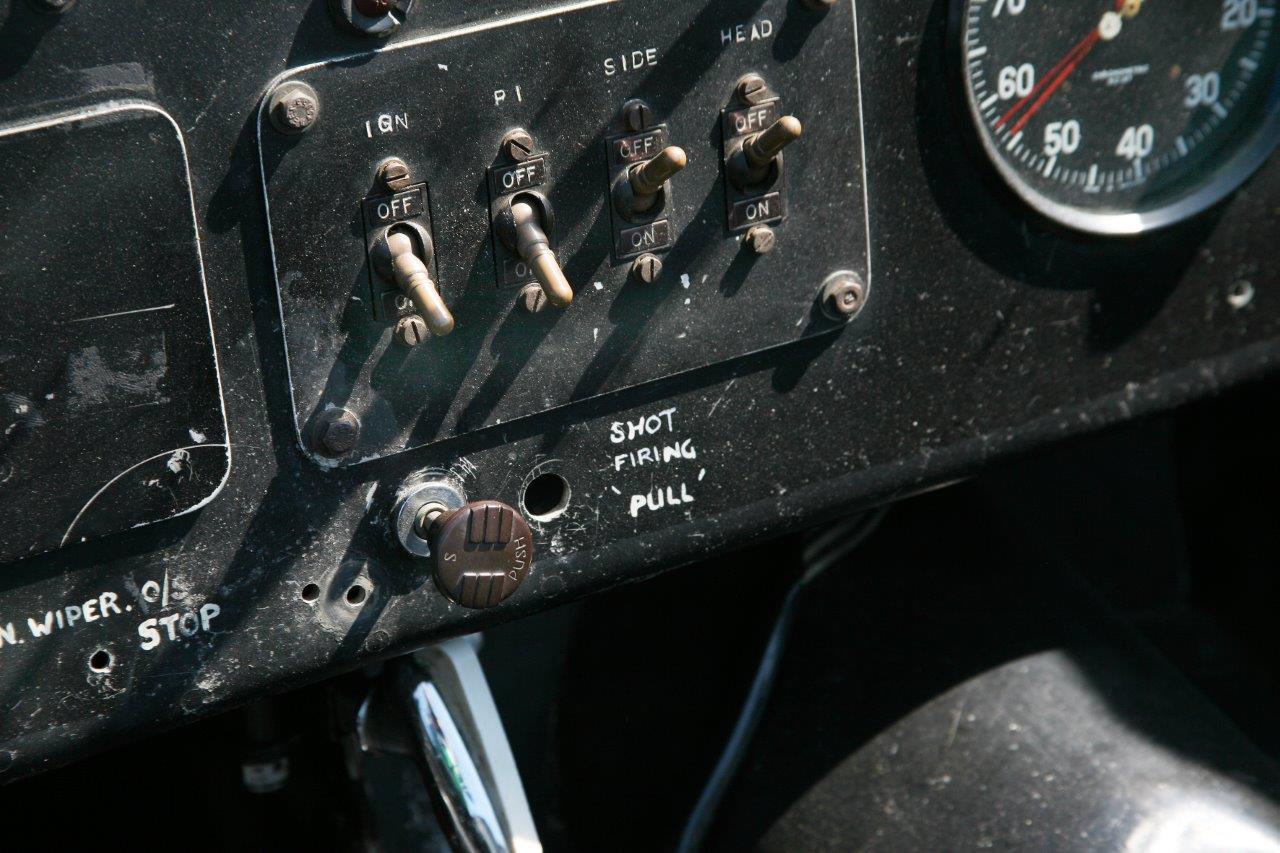
The car was then modified to test the new Dunlop Maxaret anti-lock braking system and the dashboard still has the “SHOT FIRING – PULL” button that, when activated, left a chalk mark on the road which indicated where the braking point occurred. For some years E2A sat unused before it was wheeled out, repainted green and used as a decoy car during test sessions for Jaguar’s secret (and ill-fated) XJ13 sports prototype.
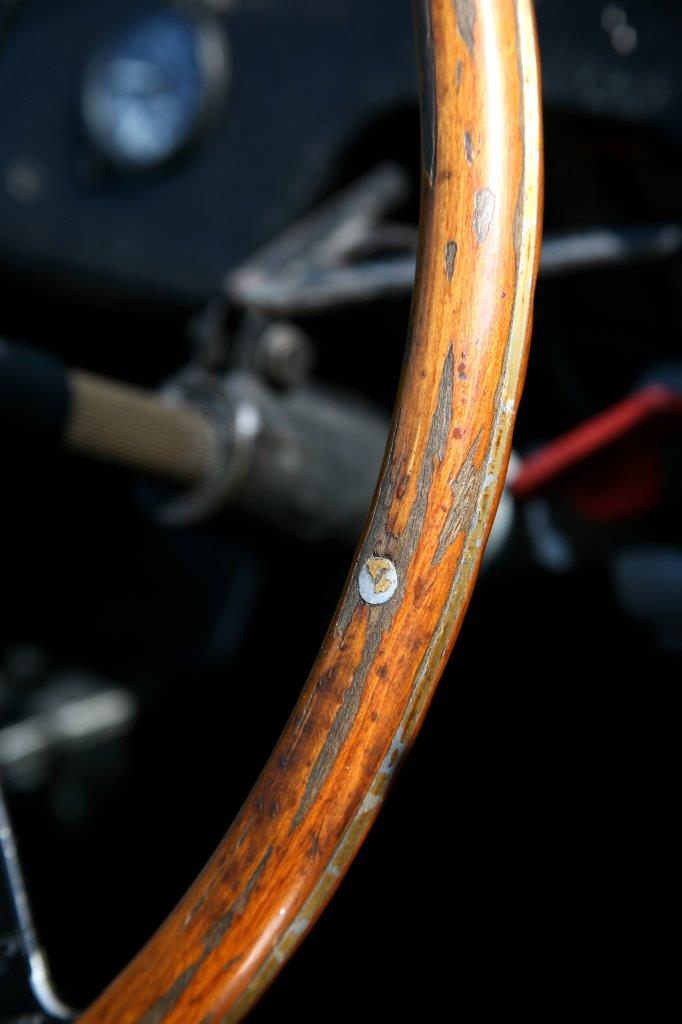
Just prior to E2A being scrapped, another visitor to the factory once again changed the course of the story. Roger Woodley was in charge of customer competition cars at Jaguar and through his work he met (and later married) Penny Griffiths, daughter of the noted photographer and car collector Guy Griffiths. Woodley had become attached to E2A and with his and Penny’s assistance they convinced the Jaguar board that Guy would be the perfect custodian for the car as he could display it in his Jaguar-based museum. A deal was agreed and E2A remained in the collection over the next forty years, repainted white and blue, with a stipulation that it would not be raced.
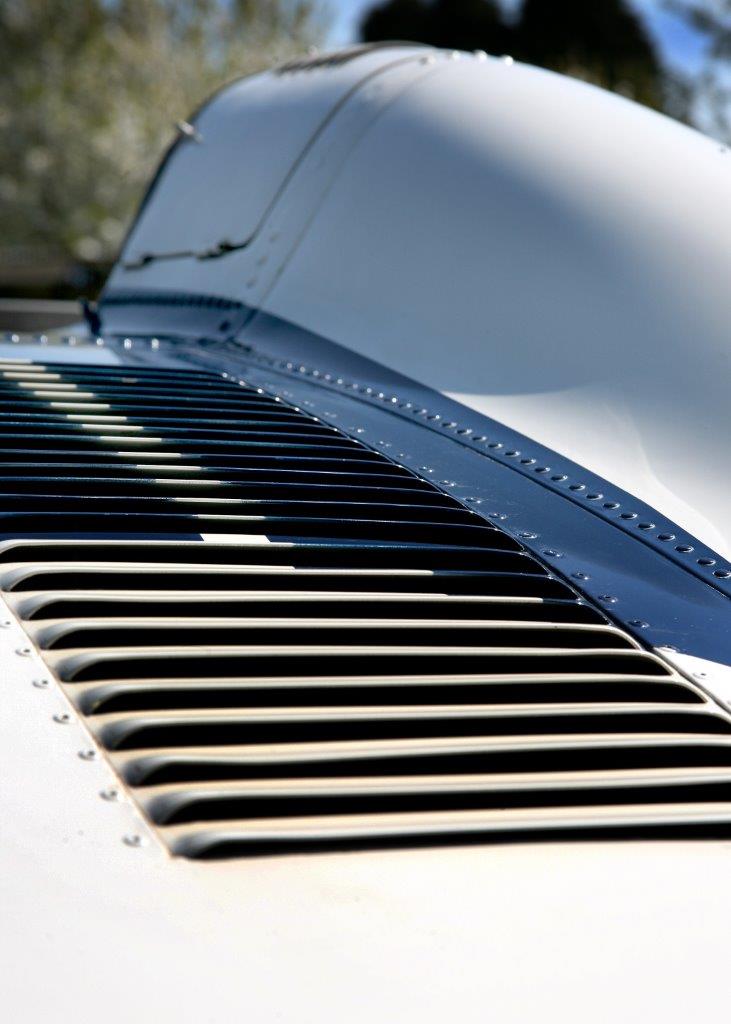
Sadly Roger Woodley passed away but Penny (who later remarried) retained the Jaguar and continued to display it at historic race meetings from Le Mans to Goodwood. In 2008 it was consigned to the Bonhams Quail Lodge auction where it was purchased by a Swiss Jaguar collector. Now free of the no-racing agreement, the car returned to Le Mans in 2010 where it competed (in historic races) for the first time in fifty years. Despite being a prototype, E2A was constructed to a remarkably high standard of engineering and remains in original, unrestored condition, safe in the hands of a sympathetic owner.

